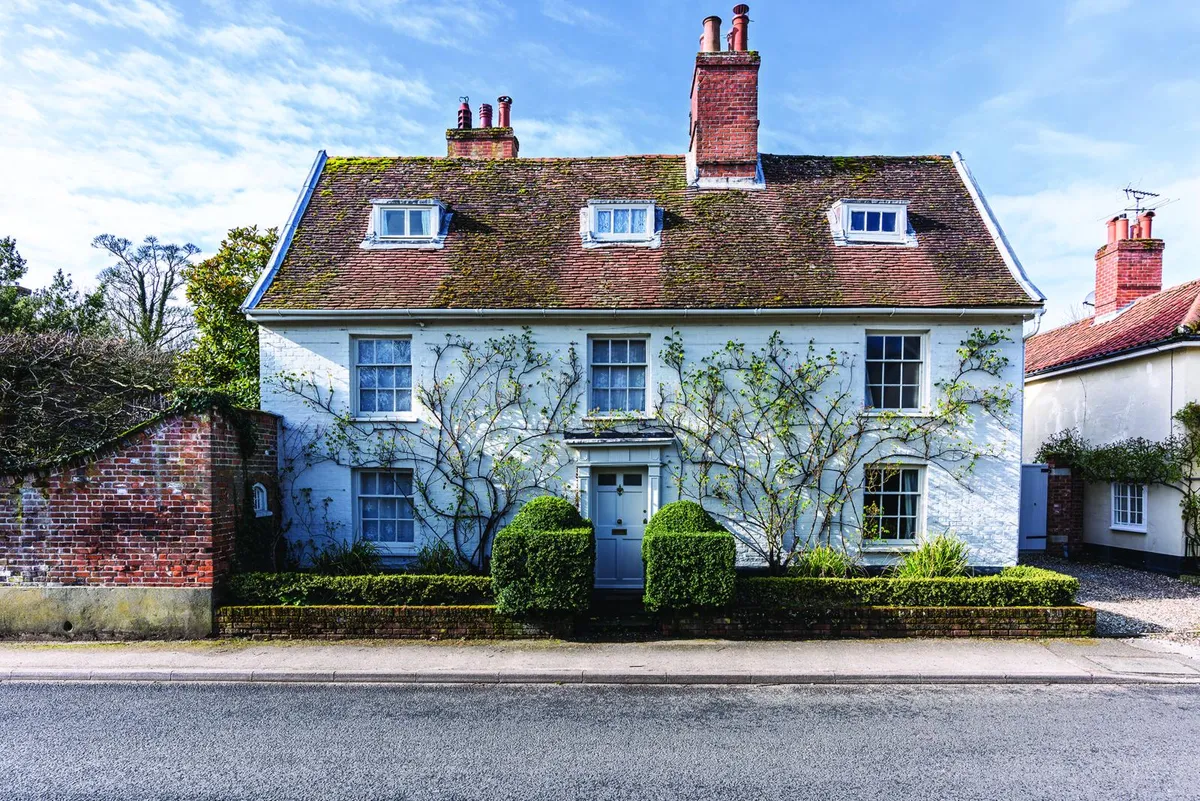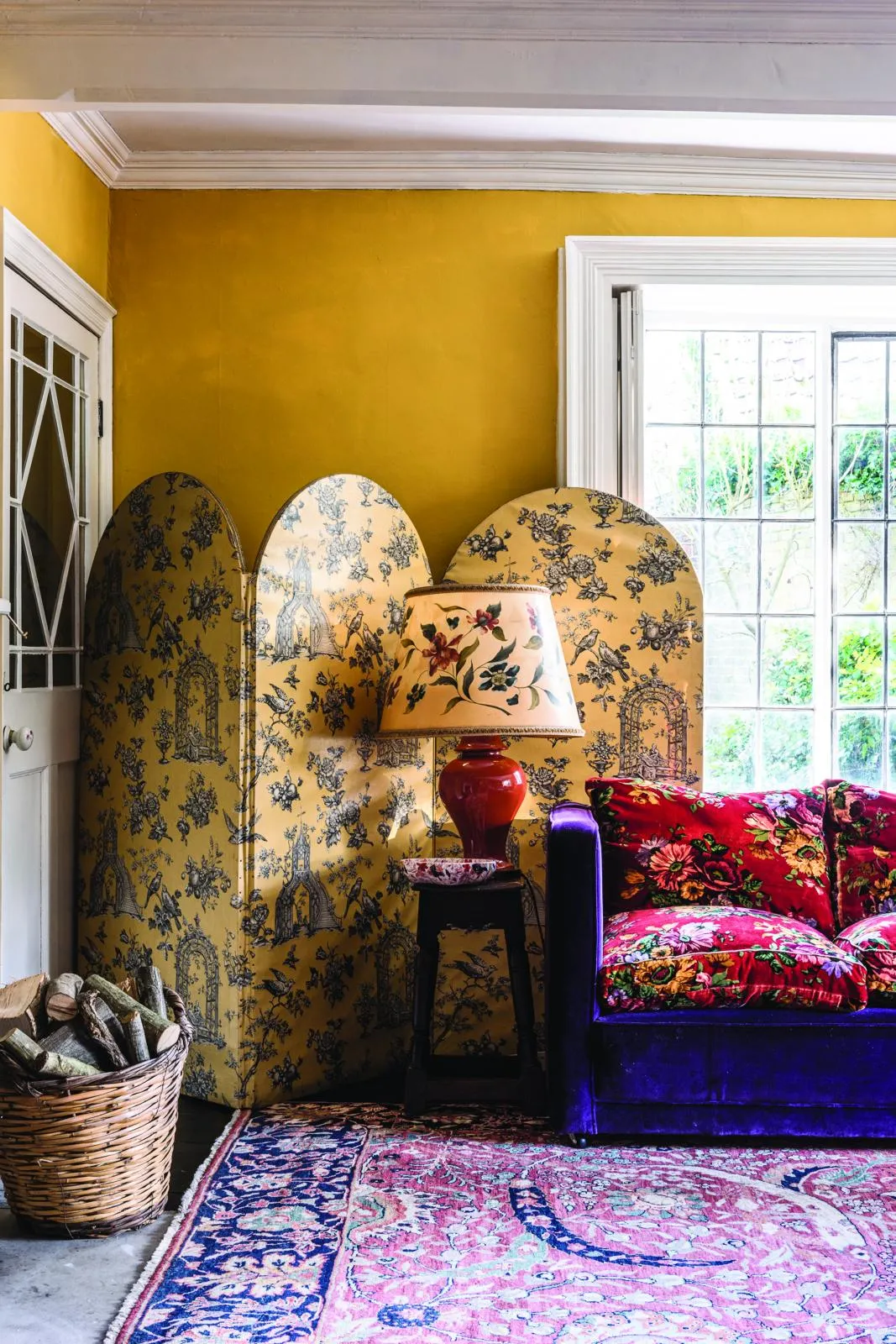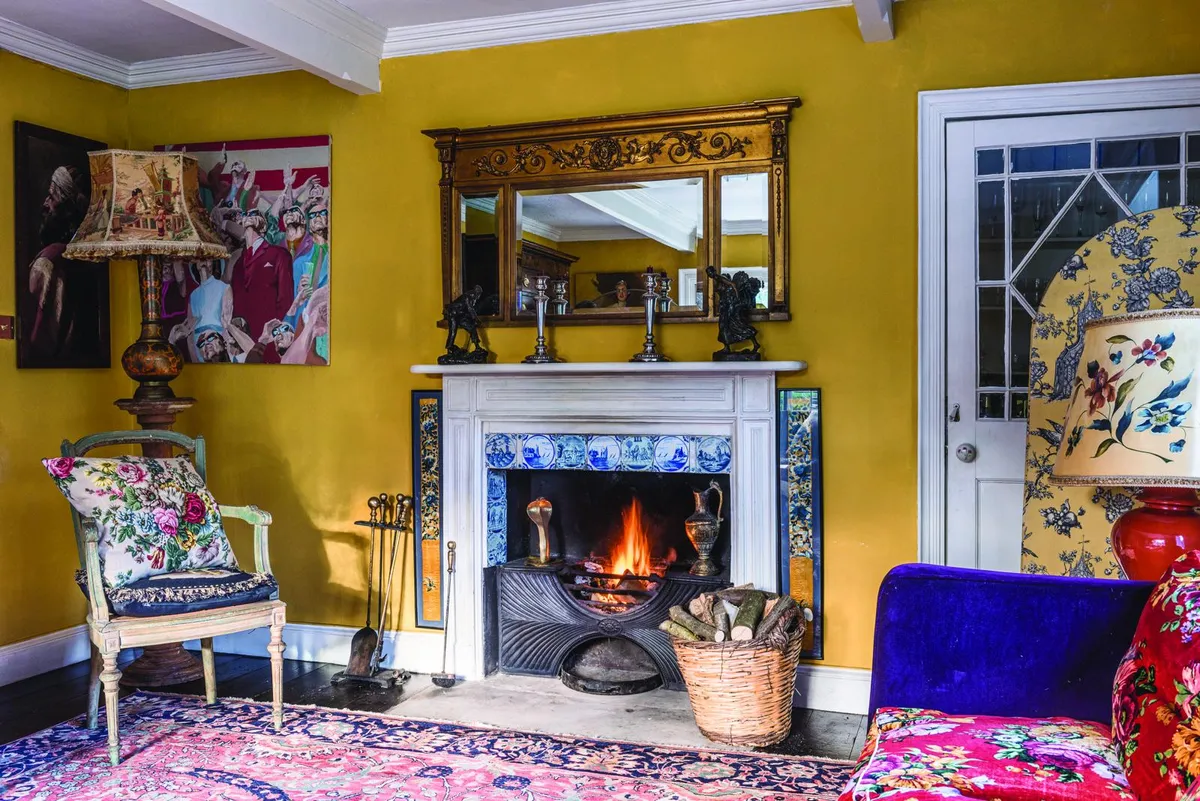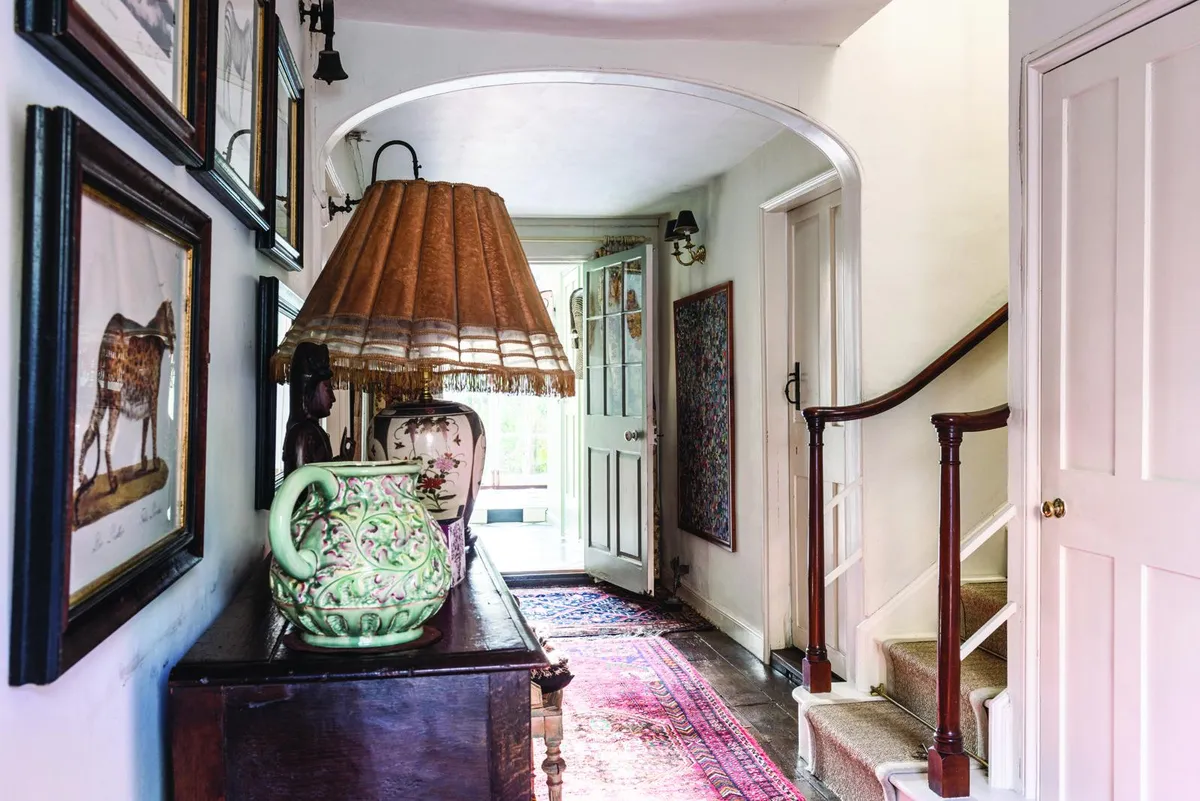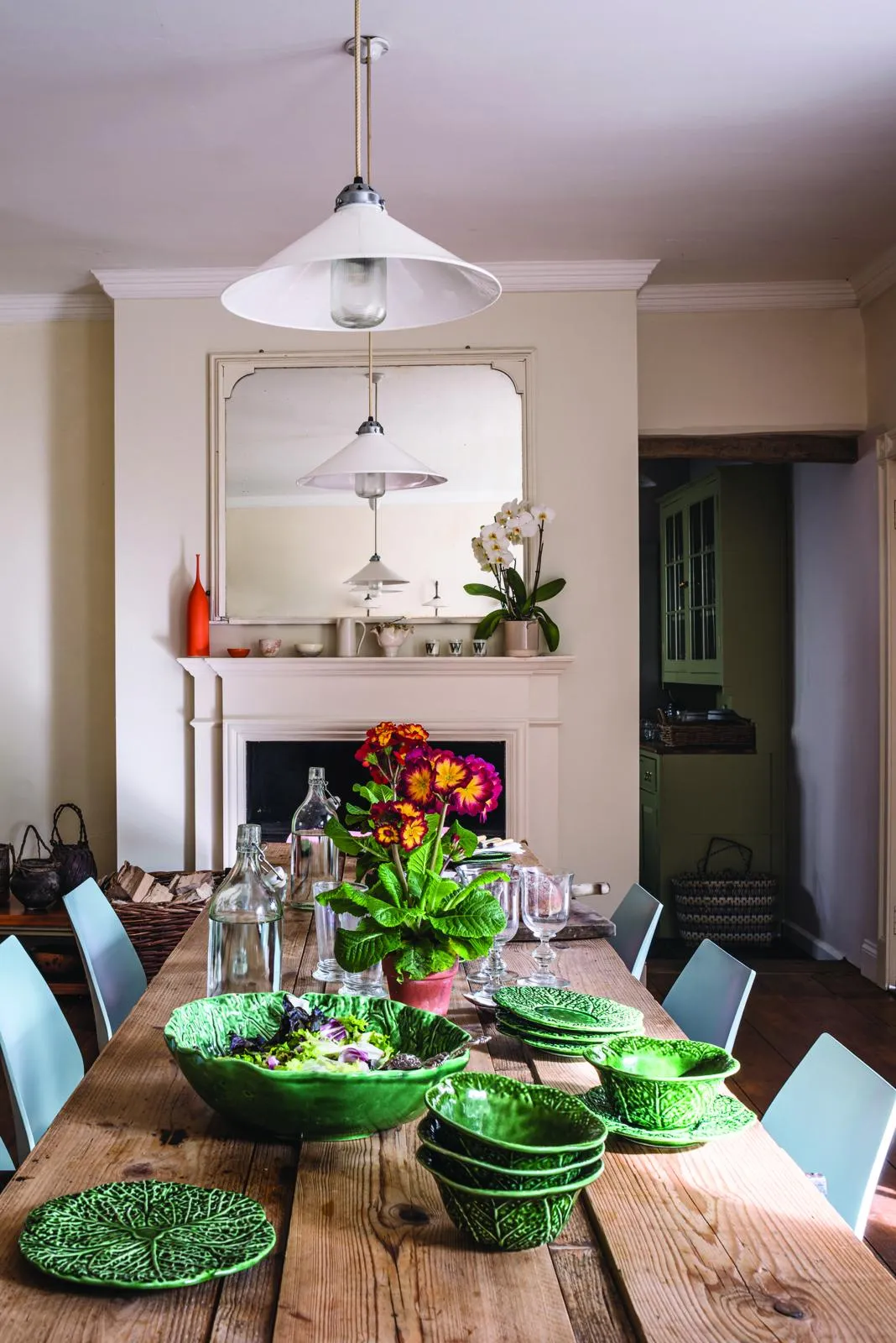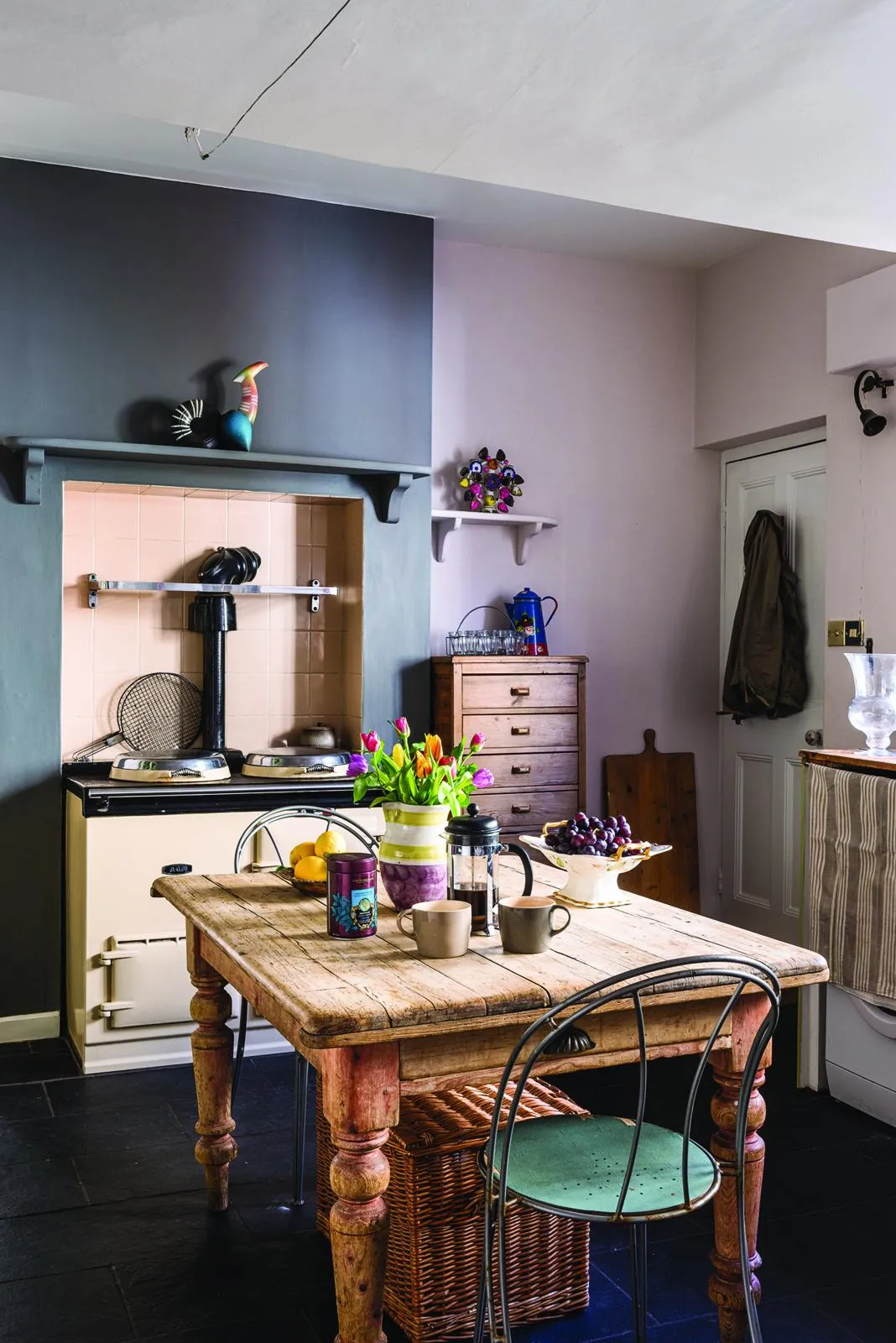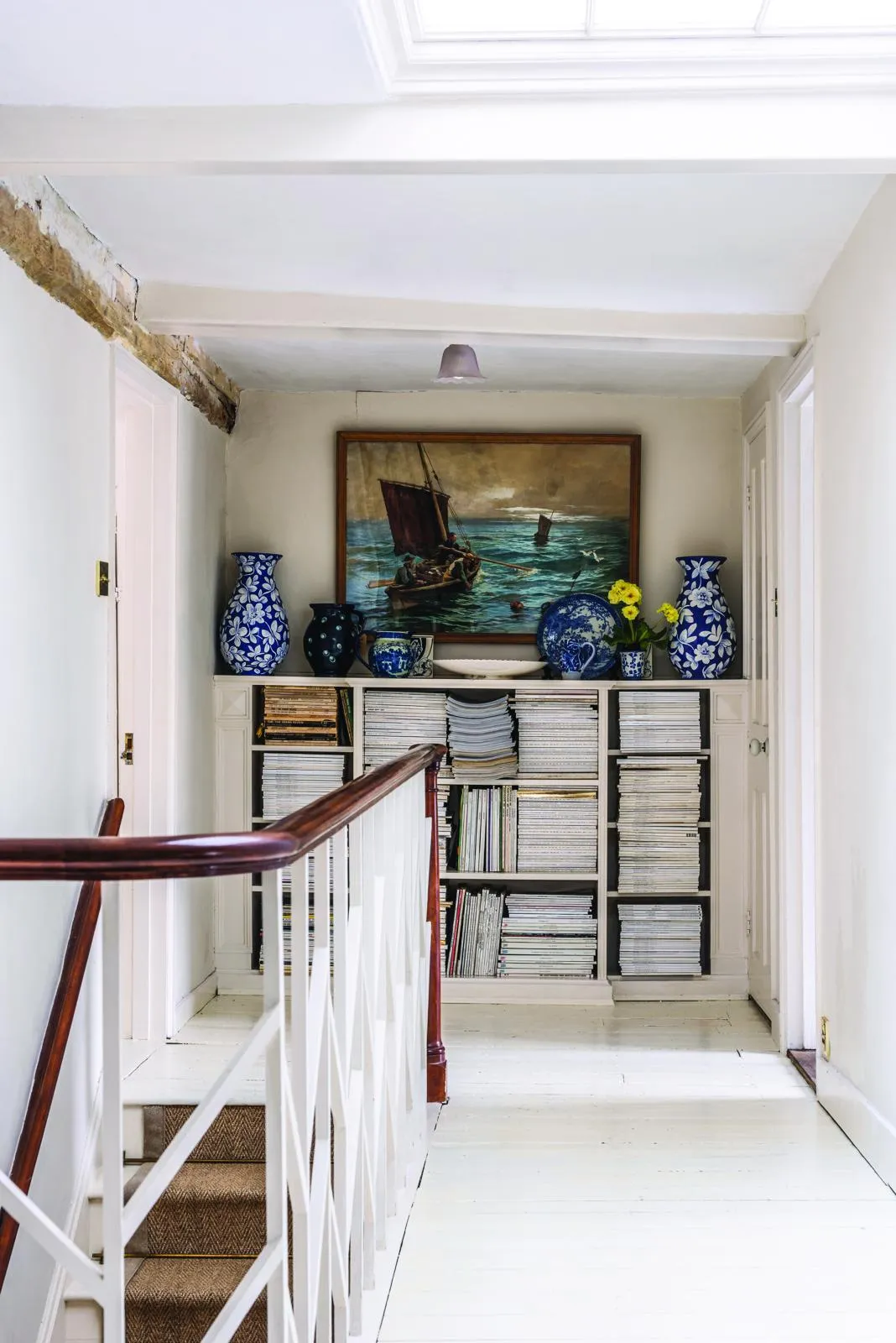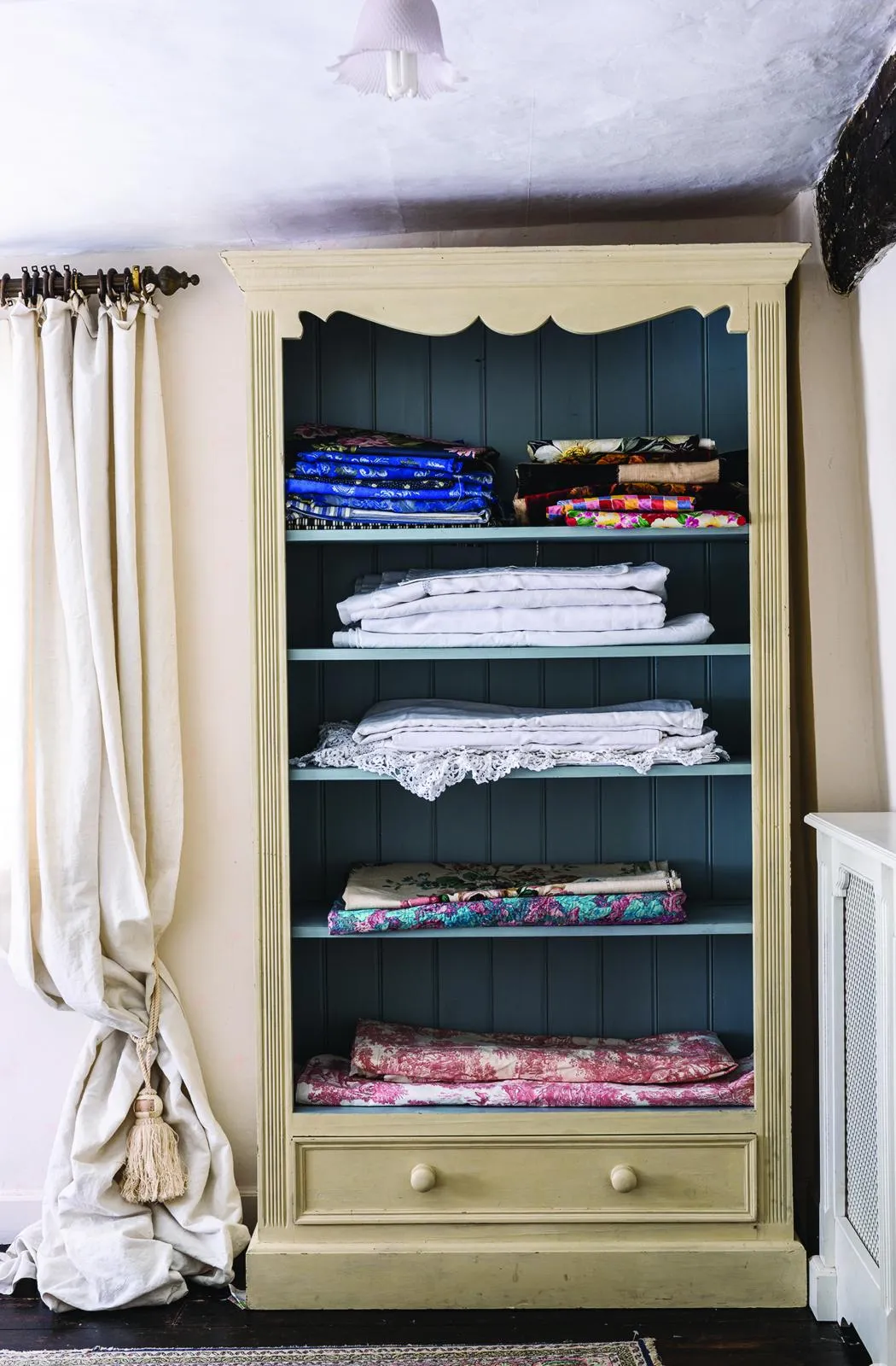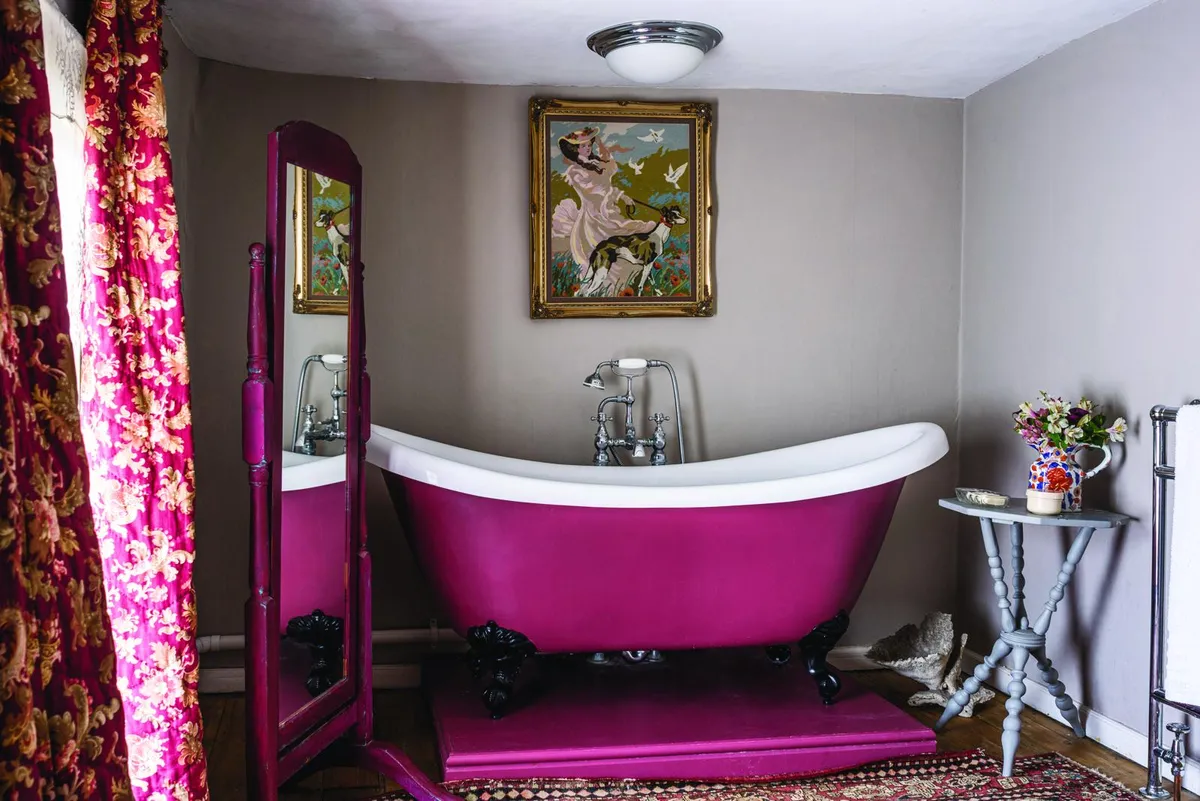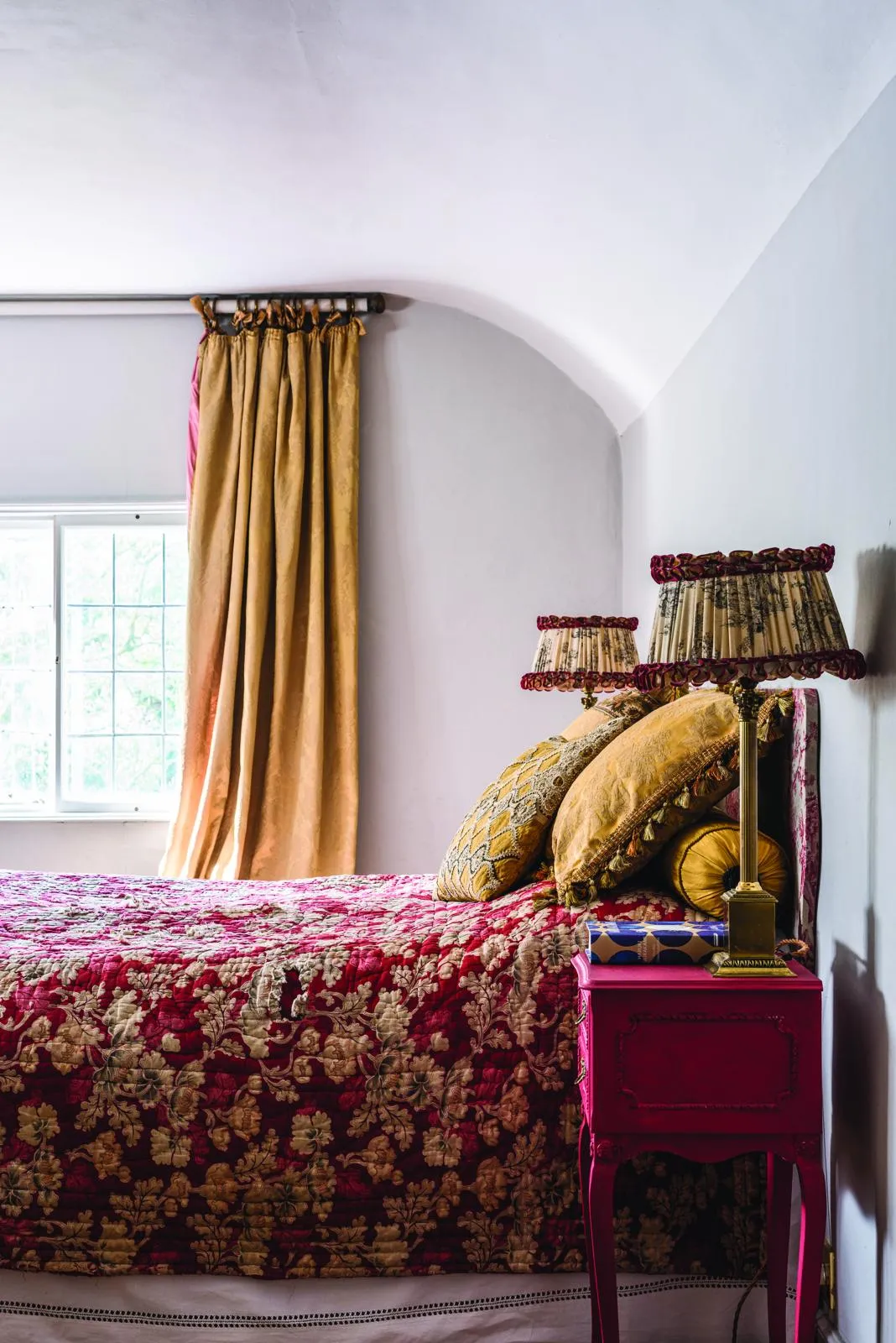'It was only a matter of time before we moved to Suffolk,’ says Lynn Walford, recalling how she and her husband John swapped life in busy Hackney, east London, for the picturesque East Anglian village where they’ve lived for the past decade.
‘Although John was born and brought up in Kenya, his family had owned a home in Walberswick since 1905, where he loved to spend holidays, so this part of the world had long been familiar to him, and to me too, from the days when we met as students at Birmingham University.’
Both Lynn and John studied Drama; John has for many years staged fashion shows and events for designers, while Lynn went on to become a stylist and fashion editor.
‘Because of work we lived in London but, the more congested it became, the more we yearned for a quieter environment with cleaner air. So, soon after our daughter had completed her studies and left home, we set about looking for a place in the country. John continues to teach in London a couple of days a week, so being within reach of a station was important, but apart from that we were pretty flexible about where we lived.’
The village house the couple eventually bought has undergone many changes since it was built in the latter part of the 16th century. ‘The core dates from 1590 and originally consisted of two or three terraced cottages, but was later altered to become one property. At the end of the 18th century it was gentrified with the addition of the Georgian façade and the attic floor, which provided accommodation for servants. The alterations we’ve made have been mainly decorative. The first thing we did was change the traditional ‘Suffolk Pink’ of the façade,’ says Lynn.
According to research, this colour was first used in the 14th century by Suffolk dyers, who added natural materials such as elderberries or pigs’ blood to limewash. Blackthorn or sloe juice were other less grizzly ways of tinting the paint.
Lynn and John also converted what had been a music room, built by previous owners in the 1960s, into a dining room and a kitchen that they use in the summer. The kitchen appliances are concealed in the cupboards so that they don’t dominate the room and, once the weather warms up, Lynn and John turn off the Aga in the original kitchen and cook and eat in the new one.
‘If the weather allows, we can open the French windows and take everything outside to eat in the garden. A previous owner was the late garden designer Mark Rumary, and we try to keep up his good work by retaining his planting and the design scheme, which divided the garden into a series of ‘rooms’,’ adds Lynn.
Time for the garden is limited, however, by Lynn’s other occupation: decorative textiles and fine linen, which she has been collecting for years, buying at auctions, antiques fairs and from specialist dealers. ‘There’s something magical about holding a piece of Spitalfields silk,’ she says.
‘After we moved to Suffolk, I did a professional pattern-cutting course and began using fabrics from my hoard to make dresses. Since lockdown I’ve concentrated more on decorative items such as cushions, throws and lampshades. Everyone is spending so much more time at home, so there is a demand for individual, handmade accessories that add interest to one’s surroundings.’
Lynn’s flair for design and decoration, and her resourceful approach, can be seen in her own home; the sitting room a vibrant mix of pattern and colour; the dining room where Adam Calkin’s tree of life wallpaper spans one wall, and upstairs where finely worked antique and vintage textiles add interest and atmosphere to the bedrooms.
‘Being resourceful was a necessity when I moved to London after leaving university,’ says Lynn. ‘Nobody had any money, so we’d buy one crepe blouse and dye it a different colour every week. On Saturdays we’d shop at Biba or Bus Stop and then, once we were all dressed up, it was off to the clubs on the Kings Road. One of my first dresses was from Mary Quant’s first shop and I had a couple of Ossie Clark’s beautiful dresses. It was an exciting, innovative time.’
Initially, Lynn worked for a magazine where the art director, Stanley Glazer, taught her about photography, graphics and design. Later, she worked on films and commercials as a costume stylist. ‘I had to think on my feet; nipping in here, letting out there. Teaching someone to style is impossible – one either has ‘the eye’ or one hasn’t, but it can be honed by studying the work of talented designers and makers. On the sewing side I’m largely self-taught, but I’ve found the more you do, the more you learn.’
Lynn’s innate sense of style – and the confidence to mix bold pattern with equally bold colour – is balanced by knowing when to stop. In the sitting room, the plain painted walls are a foil to the panoply of patterned cushions on the Ercol daybed and the purple velvet sofa. In the dining room, the timeless design of the wallpaper is contrasted by contemporary dining chairs.
Upstairs, the landing is a startling white, all the better to showcase the corrugated form of the sunny yellow Tom Vac chair designed by Ron Arad in 1999. ‘I’m not a purist when it comes to combining designs of one era with those of another. It’s all in the mix.’
